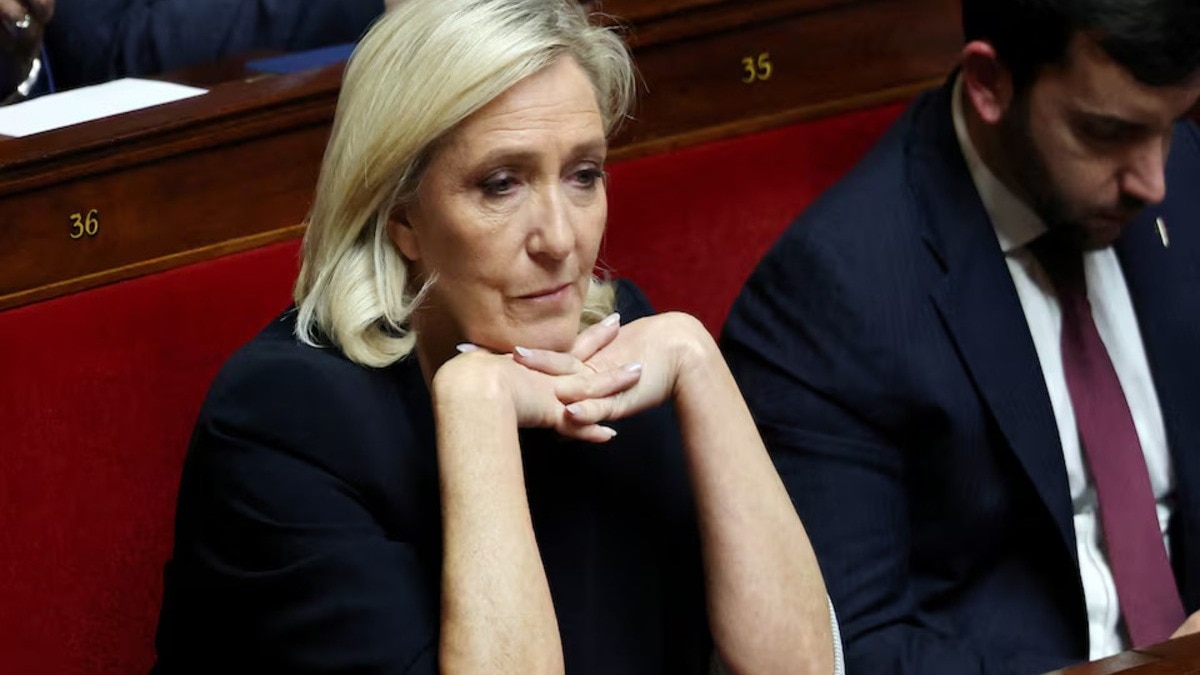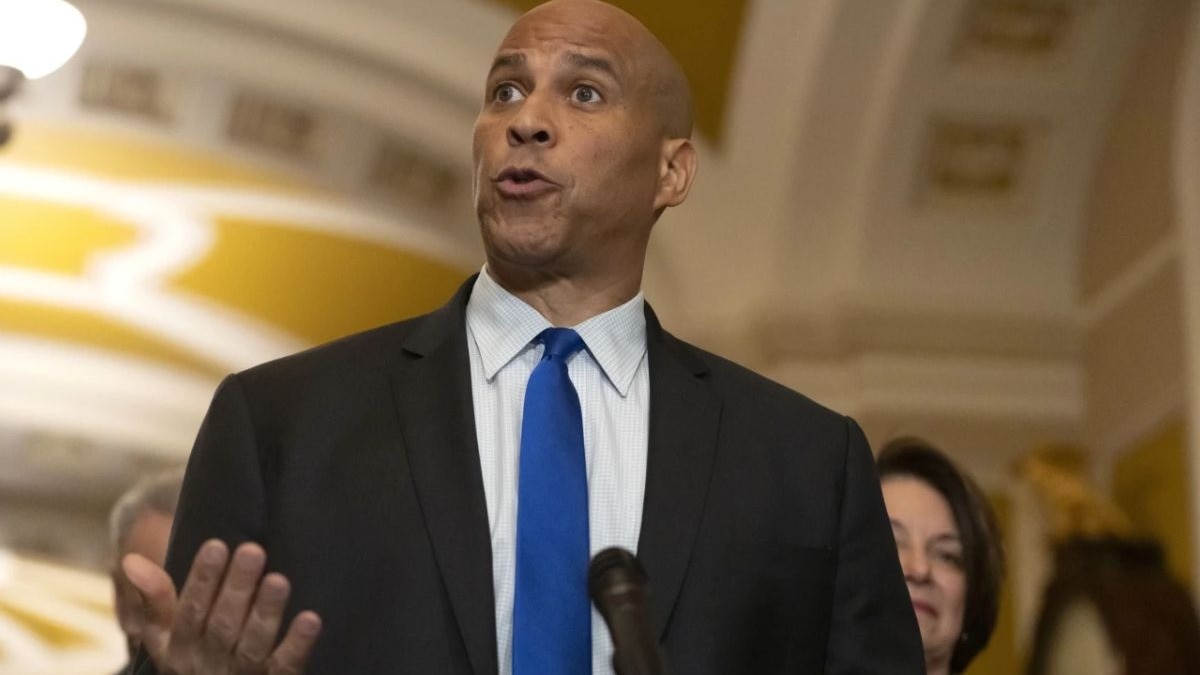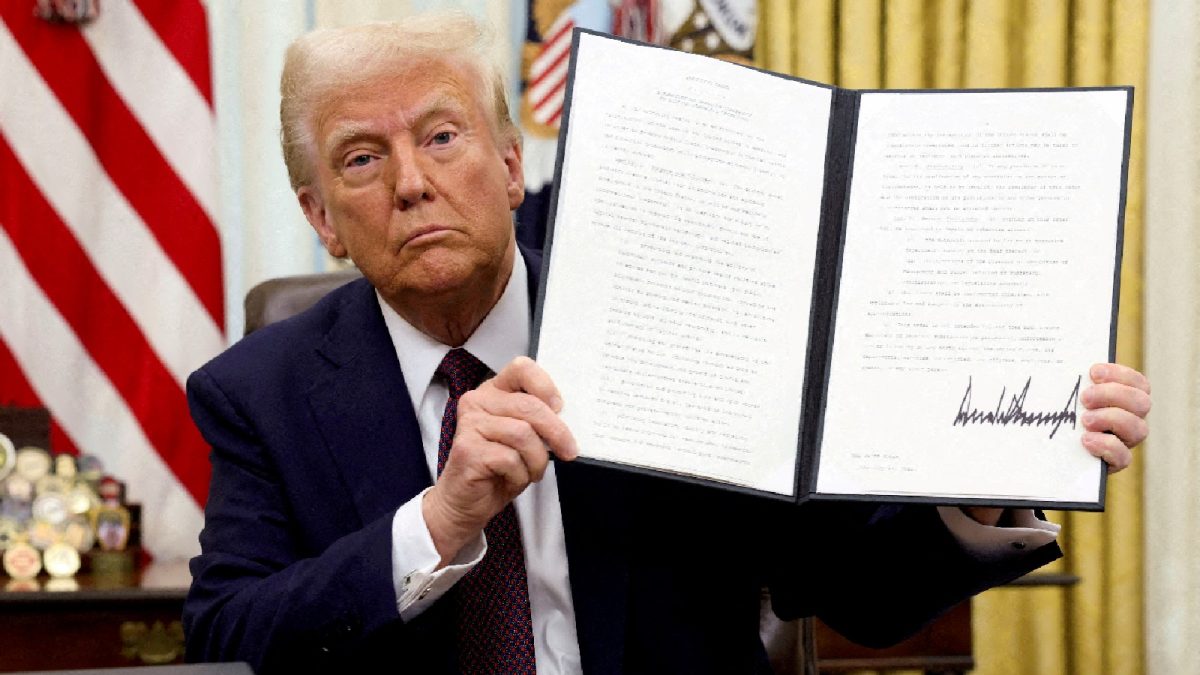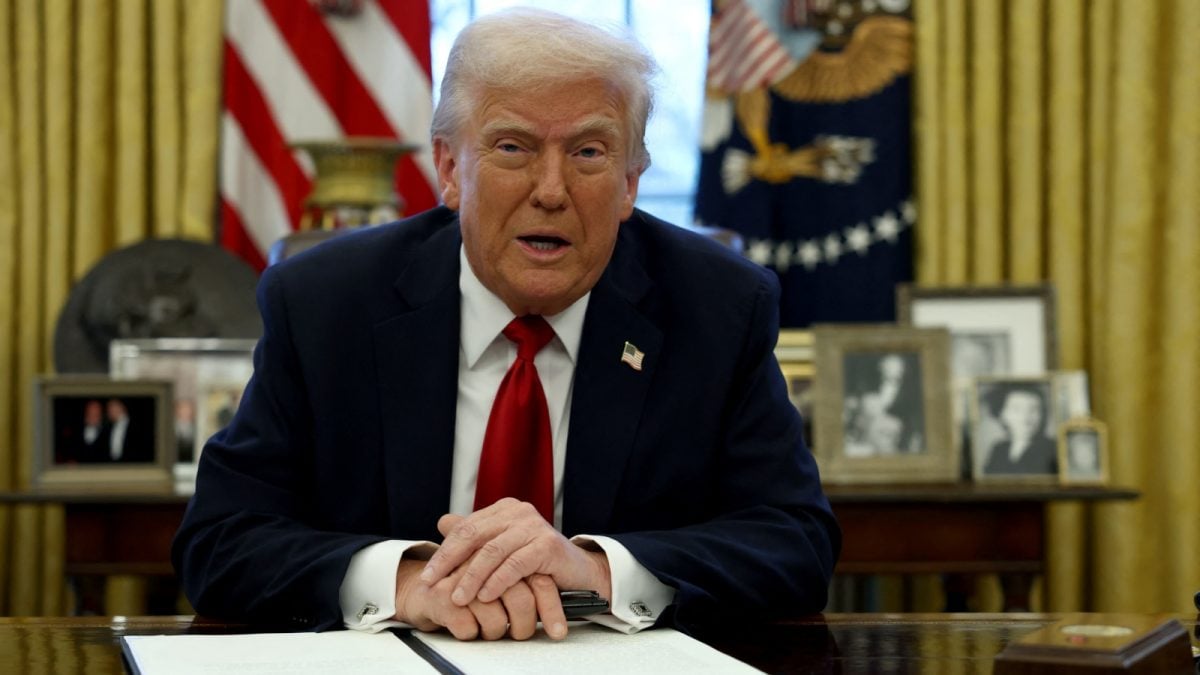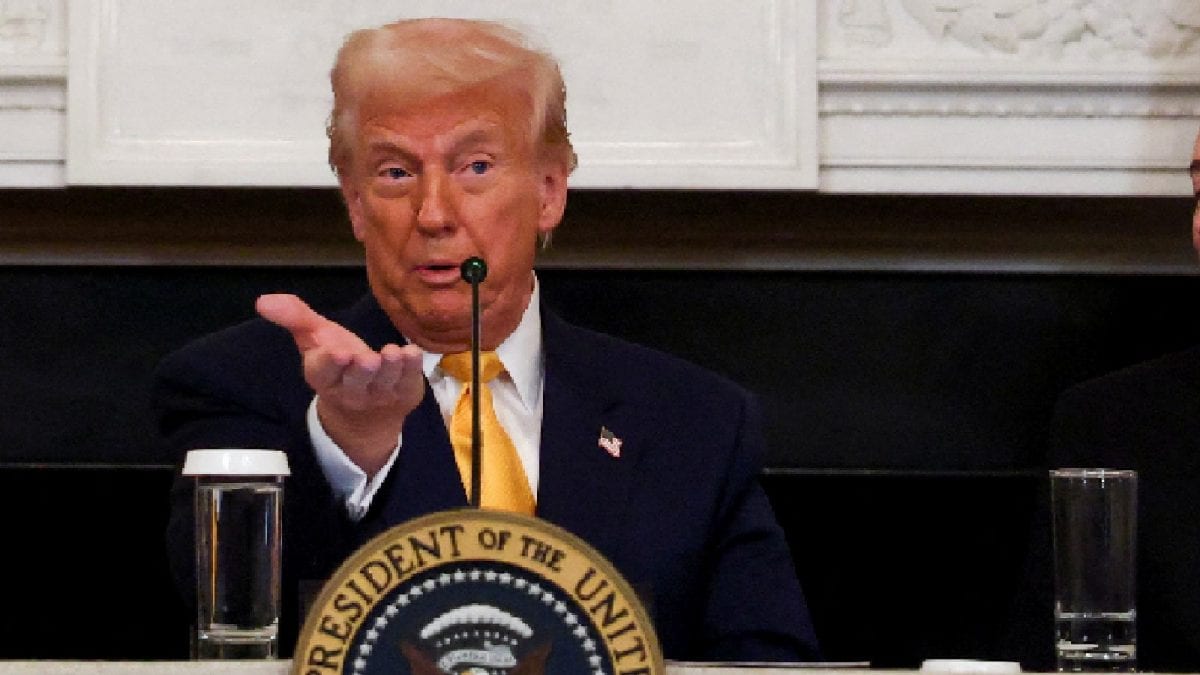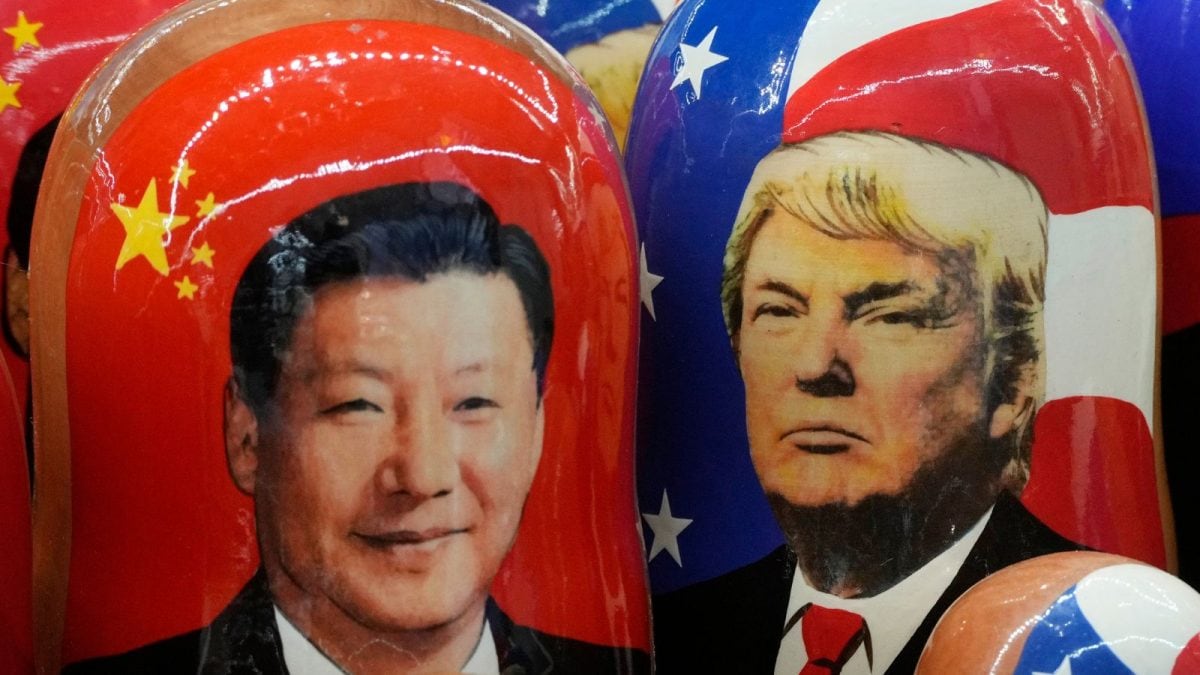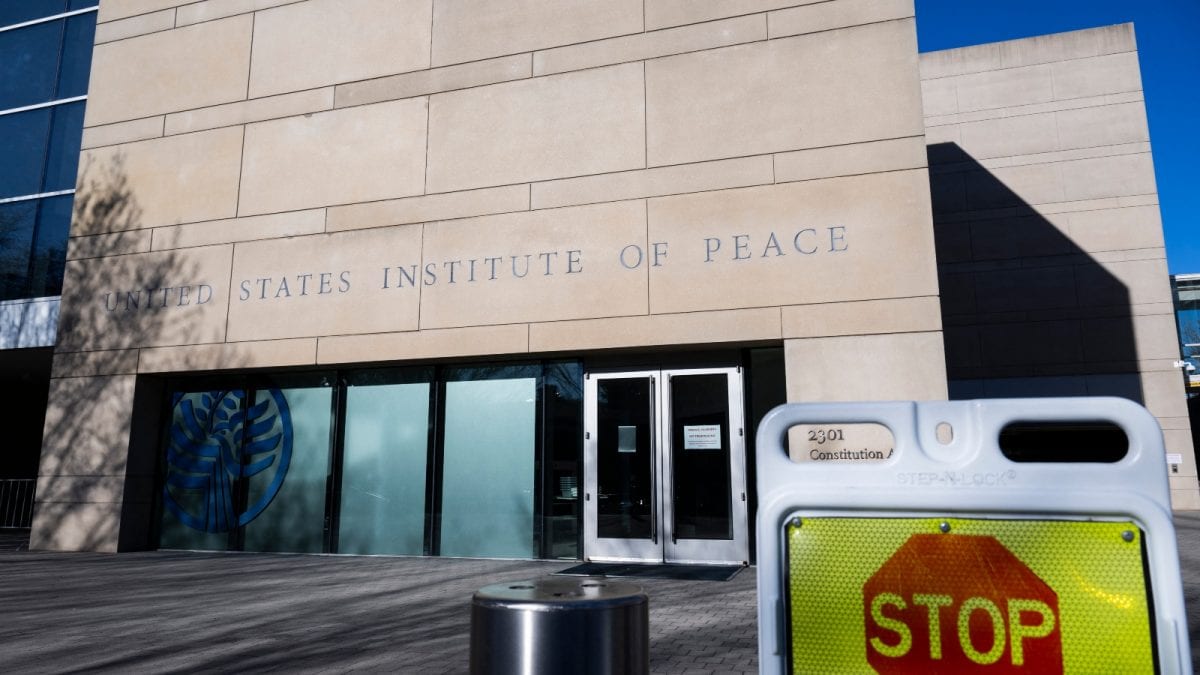Last Updated:April 01, 2025, 13:51 IST
During his 4-day visit to China, Yunus urged Beijing to expand its economic influence in Bangladesh, controversially highlighting that India's northeastern states being landlocked could be seen as an opportunity

Sanjeev Sanyal, a member of Prime Minister Narendra Modi’s economy advisory council, questioned why Yunus mentioned India’s northeastern region. (Photo: News18)Sanjeev Sanyal, a member of Prime Minister Narendra Modi’s economy advisory council, questioned why Yunus mentioned India’s northeastern region. (Photo: wb.gov.in)
Bangladesh Chief Adviser Mohammed Yunus, who is currently leading the country without an electoral mandate, has invited China and went on to mention “seven states of India as landlocked", raising New Delhi’s security concerns over the strategically important “Chicken’s Neck."
During his 4-day visit to China, Yunus urged Beijing to expand its economic influence in Bangladesh, controversially highlighting that India’s northeastern states being landlocked could be seen as an opportunity.
Yunus, who met with President Xi Jinping and signed nine agreements with Beijing, stated, “The seven states of India, the eastern part of India, are called the seven sisters. They are a landlocked region of India. They have no way to reach out to the ocean." He described Bangladesh as the “only guardian of the ocean" in the region, suggesting that this could be a significant opportunity for the Chinese economy.
Bangladesh-China Ties
It is evident that China never engages in initiatives for free, and many countries are now struggling with its debt trap, a modern form of colonialism in the 21st century. Bangladesh is China’s fourth-largest lender, with $7.5 billion in loans. During Yunus’ trip, Bangladesh secured commitments of USD 2.1 billion in investments, loans, and grants from the Chinese government and its companies.
If China establishes a presence in Bangladesh similar to its involvement in Sri Lanka, where it practically owns Hambantota Port, it would pose a major challenge for India. Under Sheikh Hasina’s leadership, Bangladesh was becoming an economic powerhouse in the developing world. However, her 15-year rule ended following massive protests, leading to her fleeing the country.
How India Reacted To Yunus’ Remark
Sanjeev Sanyal, a member of Prime Minister Narendra Modi’s economy advisory council, questioned why Yunus mentioned India’s northeastern region.
“Interesting that Yunus is making a public appeal to the Chinese on the basis that 7 states in India are land-locked. China is welcome to invest in Bangladesh, but what exactly is the significance of 7 Indian states being landlocked?" he said.
Assam Chief Minister Himanta Biswa Sarma called remark by Yunus as “offensive" and said it is strongly condemnable. “This remark underscores the persistent vulnerability narrative associated with India’s strategic “Chicken’s Neck" corridor. Historically, even internal elements within India have dangerously suggested severing this critical passageway to isolate the Northeast from the mainland physically," he added.
The Assam CM also highlighted the need for robust railway and road networks both underneath and around the Chicken’s Neck corridor. He said alternative road routes connecting the Northeast to mainland India bypassing the Chicken’s Neck, should be explored and should be prioritized. “Though this may pose significant engineering challenges, it is achievable with determination and innovation. Such provocative statements by Md Younus must not be taken lightly, as they reflect deeper strategic considerations and longstanding agendas," he said.
Former Foreign Secretary Harsh Vardhan Shringla said India-Bangladesh have made “enormous progress" in all areas of cooperation.
“Bangladesh is very important country for regional stability because of its location on the Bay of Bengal. For us, it has really straddled the space between India and Northeast. So, this narrow chicken’s neck – the Siliguri Corridor – runs to the north of Bangladesh. So from that perspective, it is very important strategically. As a friend and partner, there’s a lot that you can do together and in the last 15 years, we have made enormous progress in all areas of our cooperation," he said.
What Is ‘Chicken’s Neck’ Or Siliguri Corridor?
The ‘Chicken’s Neck’, also known as the Siliguri Corridor, is a narrow strip of land in West Bengal that connects India’s northeastern states to the rest of the country. Located in northern West Bengal, the corridor spans approximately 22 kilometers at its narrowest point. It is bordered by Nepal to the west, Bhutan to the north, and Bangladesh to the south. This corridor links the North-eastern Region (NER), which includes the states of Arunachal Pradesh, Assam, Manipur, Meghalaya, Mizoram, Nagaland, Sikkim, and Tripura, to mainland India.
The region is vital for trade, commerce, and tourism for West Bengal, Sikkim, Assam, Nepal, Bhutan, and Bangladesh. All land trade between the North East and the rest of India passes through this corridor. It serves as the hub for a rail and road network that connects West Bengal and the rest of India to the North East, including Assam, Nagaland, and Sikkim. Additionally, it is a key hub for the railway network that connects to strategic military formations along the Line of Actual Control (LAC). From the New Jalpaiguri (NJP) railway station, various rail links extend to connect three significant military formations near the China border. From NJP station, a rail link heads towards Guwahati in Assam, which in turn connects to a road network leading to the strategically important town of Tawang in Arunachal Pradesh.
Location : First Published:April 01, 2025, 13:16 IST
News india Yunus’ Remark On India’s Landlocked Northeast Puts ‘Chicken’s Neck’ In Focus. What It Is And Why It Matters

 1 day ago
1 day ago
